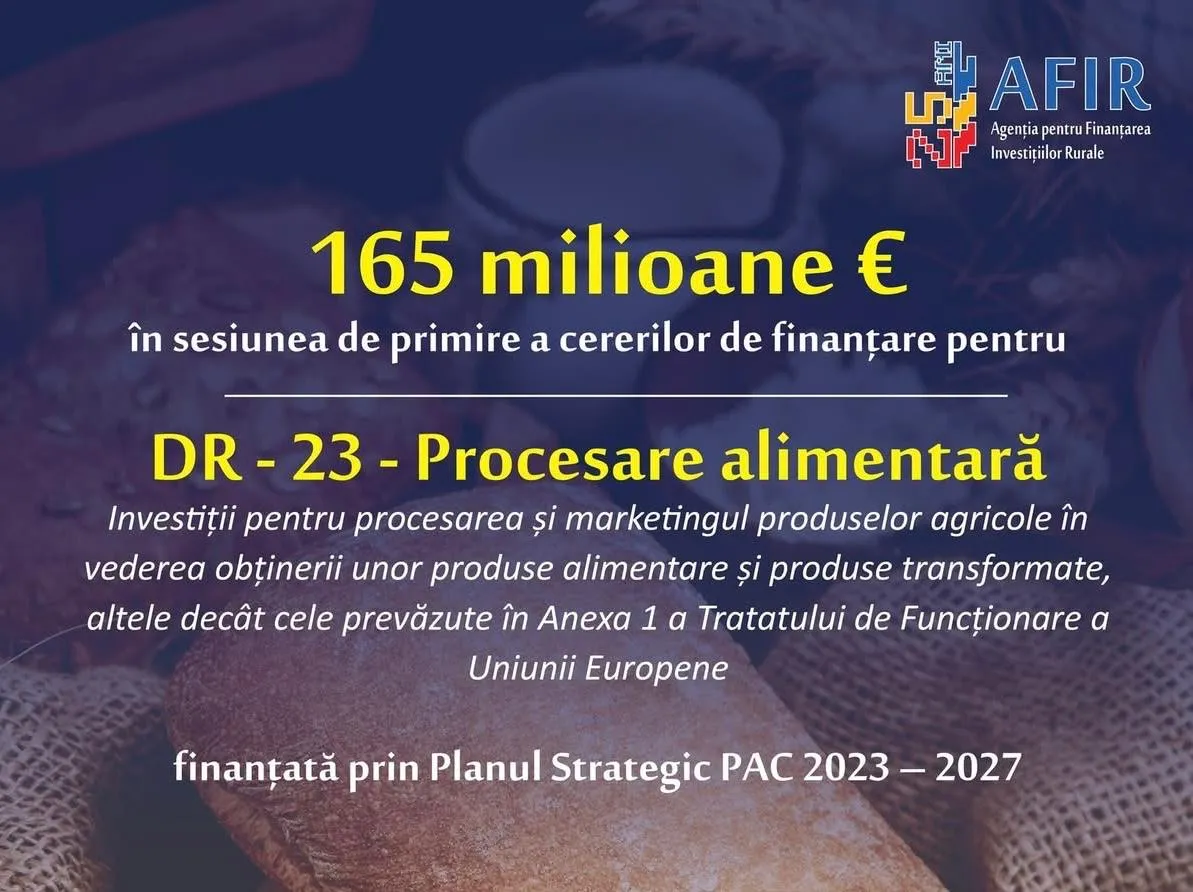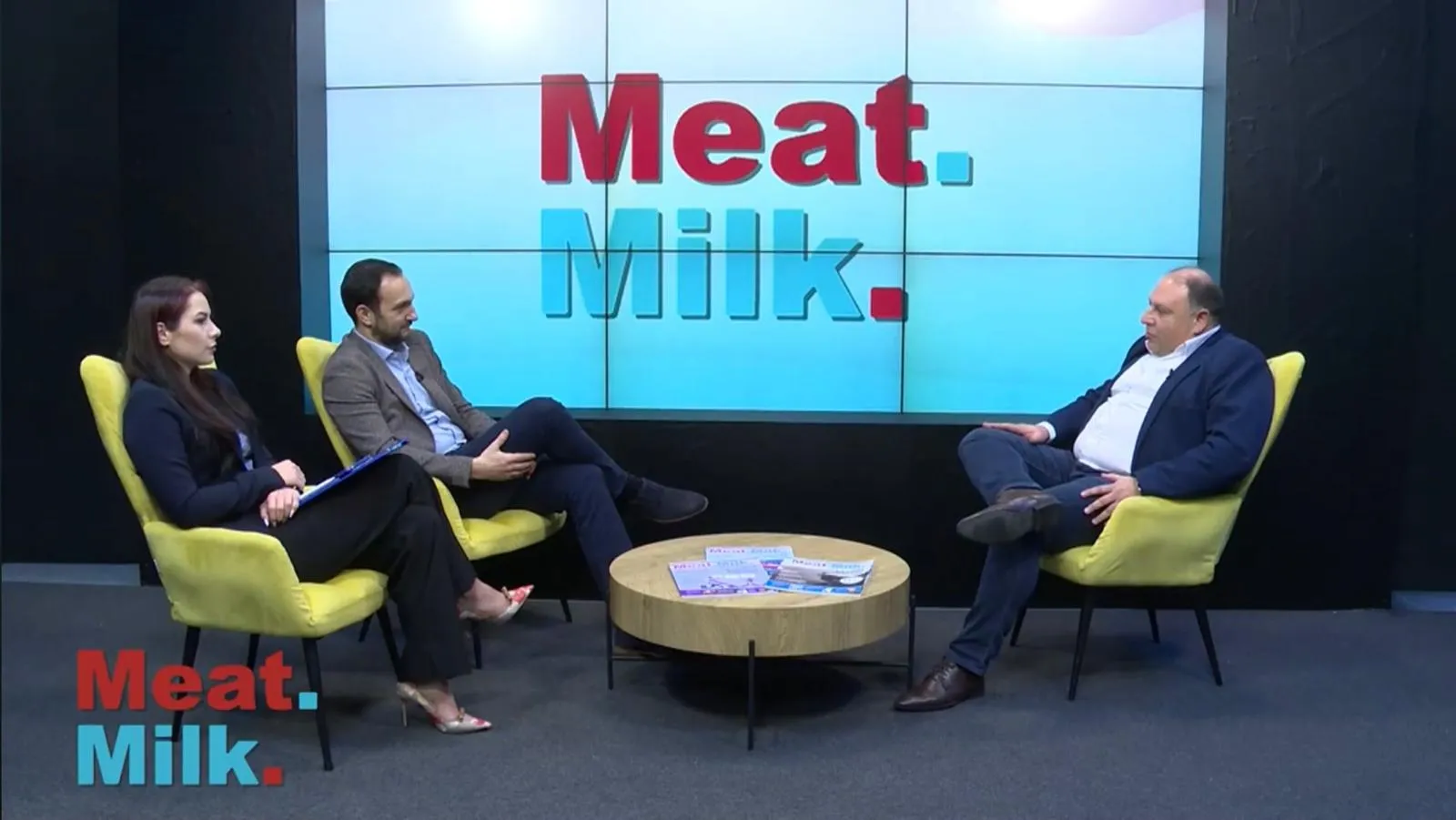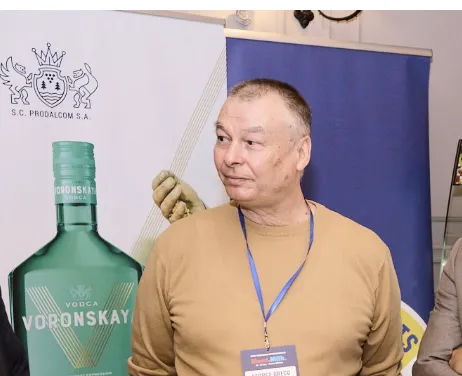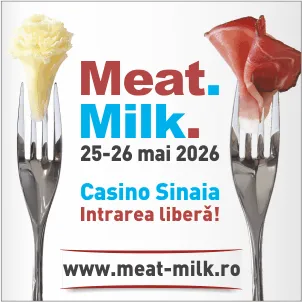649
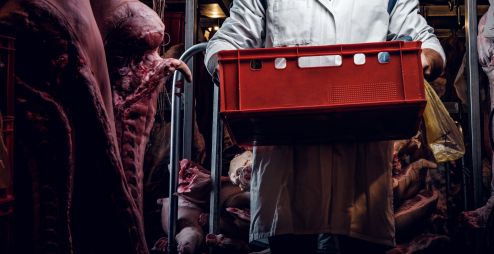
Foreign investments in Romania’s meat industry have accelerated in recent years, driven by market consolidation and the pressure of European standards on quality, traceability, and environmental compliance. The influx of new capital has brought state-of-the-art slaughtering and processing technologies, digital control systems, and access to regional distribution networks, which have increased productivity and reduced logistical losses. Aggregated European data indicate a clear correlation between greenfield/brownfield investments and yield growth per processing flow (capex per ton processed), while Romania—starting below the EU average—is gradually closing the gap. For local operators, the entry of international investors represents an opportunity to integrate into value chains and gain access to external markets, including through sanitary-veterinary certifications and quality schemes required by Western European retailers.
However, structural risks remain. Consolidation through acquisitions can concentrate upstream bargaining power, putting pressure on the margins of small and medium-sized farmers. In the absence of balanced contracts and active competitive arbitration, payment terms may be extended, and farm-gate price volatility can increase. Another risk lies in profit externalization and dependence on decisions made outside the country, which undermines resilience in times of crisis. Moreover, investments focused purely on volume, without local content or know-how transfer, leave little added value within the national economy.
On the opportunity side, investors bring robust compliance procedures (EU Regulation 2017/625, HACCP, supplier audits), energy-efficiency solutions, and ESG projects that reduce emission and water intensity. For Romania, this means faster alignment with environmental requirements and a step forward toward accessing green financing. At the same time, the standardization of packaging, labeling, and traceability opens the door to stable exports—particularly in premium and convenience segments.
Public policy responses should be nuanced: clear competition rules and monitoring of market concentration; value-sharing clauses in farmer–processor contracts; incentives for local co-investments and joint ventures under the National Strategic Plan (PNS) 2023–2027; dual training programs co-financed with investors; and local content criteria within support schemes. At the management level, the KPIs that indicate whether investments truly “work for Romania” include: domestic added value per ton, share of purchases from local farms, payment terms to producers, energy and water intensity per unit of product, farm-gate price stability, and the share of exports to premium markets.
The conclusion is pragmatic: foreign investments can serve as an accelerator of modernization and market expansion, provided there is a strong competitive framework and effective mechanisms to retain value locally. Without these conditions, the balance may tip toward dependency and squeezed primary margins; with them, Romania can transform its meat industry into a credible regional champion.
(Photo: Freepik)
